
Best Ideas to Launch Recruitment Campaign that Work in 2025

A next-level recruitment campaign goes beyond just attracting candidates—it builds relationships, earns trust, and grows your agency’s brand. So, whether you’re fine-tuning your current approach or starting from scratch, remember: it’s time to think like modern marketers and embrace creativity in your recruiting campaigns.
Ready to level up? Let’s break down how the right recruitment campaign can fast-track your agency’s growth, with better matches, happy clients, and long-term wins.
In this blog, we will dive into the best ideas to launch a recruitment campaign that works in 2025, offering you the latest strategies and insights to make your campaigns more effective and future-proof.
1. What is a recruitment campaign?
A recruitment campaign is a targeted, strategic effort to attract and engage potential candidates for specific roles. It’s not just about posting job ads or saying, “We recruit the best talent.” It’s about addressing the pain points of your audience and delivering your message in a way that cuts through the noise.
For example, look at how 11 Investments approaches LinkedIn: they highlight a problem, showcase their authority, offer solutions, and end with a clear call-to-action (CTA). That’s a concise, effective strategy.

A recruitment campaign typically uses social media, omnichannel communication, and data-driven strategies to achieve specific goals. To create a successful campaign, three foundational elements are crucial:
- Campaign Objective
- Target Audience
- Messaging
We’ll dive into each of these components and explore how they come together to build a solid recruitment campaign.
1.1 Understand the objective of the campaign
Every campaign needs a clear objective. Without a defined goal, your efforts will likely lack direction. Whether your goal is to increase brand awareness, attract top talent, or build a talent pool, the objective informs your campaign’s strategy.
Some common recruitment objectives include:
- Increasing brand awareness
- Generating high-quality leads
- Attracting quality candidates for specific roles
- Building a robust talent pool
Take Randstad’s campaign, for example. Their focus was clear and specific, with engaging and fun elements, making it easy for candidates to connect with the brand.
1.2 Define the target audience
Understanding your target audience is a key element in any campaign. Develop a detailed persona for both clients and candidates to tailor your messaging effectively. Ask yourself:
- Who are they?
- What motivates them?
- Which platforms do they use?
If you need assistance in creating detailed candidate personas, refer to guides on ideal candidate profiles. Knowing your audience helps you fine-tune your approach for better engagement.
1.3 Consistent and clear messaging
Even with a clear objective and understanding of your audience, the wrong messaging can undermine your efforts. Ensure that your messaging is consistent and aligned with the needs and preferences of your target demographic.
For instance, if you’re targeting Gen Z, the tone of your messaging should be more casual and engaging than if you were running an executive search. A great example is the British Army’s “Your Army Needs You” campaign, which effectively broke stereotypes and engaged youth with innovative messaging.
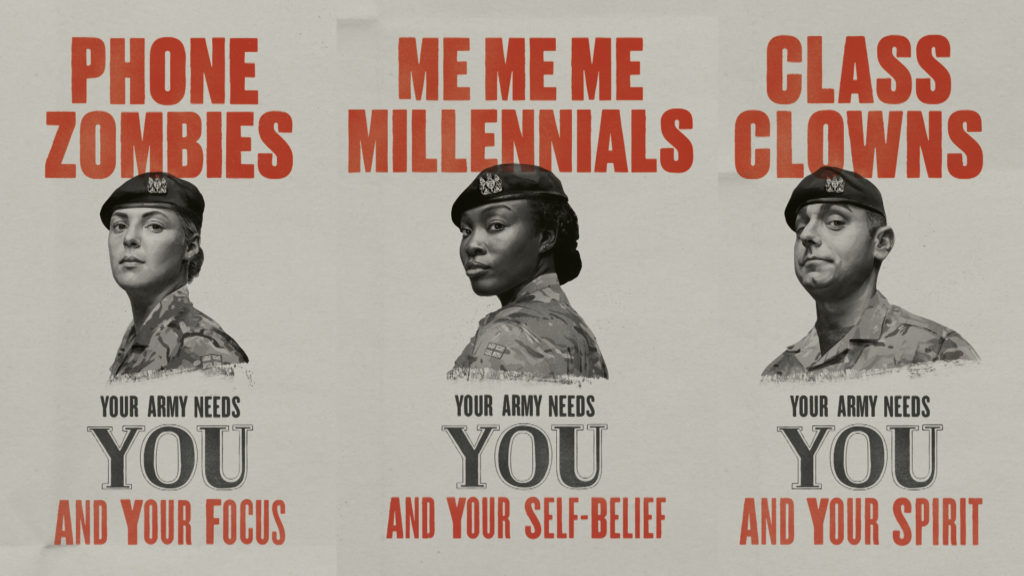
That covers the basics. Keep our three pillars (objective, target audience, and messaging) in mind, as we’ll be circling back to them now and then. Let’s now look at how you run a recruitment campaign.
2. How to run a recruitment campaign
2.1 Plan for the objective
The success of any recruitment campaign begins with a solid plan. Without proper planning, even the most creative ideas can fall flat. Define the following aspects of your plan:
- What’s the core objective of this campaign?
- What resources will you need?
- What timeline will you follow?
A clear and well-structured plan allows you to focus on execution rather than juggling multiple things at once.
2.1.1 Choose the Right Platform
After establishing your plan, you need to choose the appropriate platform to ensure your campaign reaches the right audience. Platforms differ based on your objective:
- Recruitment-focused: Job boards, sourcing tools, and LinkedIn are ideal platforms for sourcing talent.
- Business development: LinkedIn and professional networks.
- Brand awareness: Social media platforms like Instagram, YouTube, and Facebook offer broader exposure.
Once you’ve selected your platform, focus on creating campaigns that engage your target audience.
2.1.2 Craft compelling campaigns
With billions of social media users, reaching large audiences has become increasingly challenging. Creating engaging and compelling campaigns is vital to stand out in today’s digital space.
Because while it’s true “Content is King,” each platform today is a separate kingdom and they’ve their own set of rules, that are constantly changing. So, creating visually appealing and engaging campaigns is an essential prerequisite for you to have a successful campaign.
Look at Barclays’ successful campaign on diversity and inclusion as an example. They embraced creative visuals and engaging content to leave a lasting impression.
To create compelling campaigns, ask yourself:
- Is my content optimized for mobile?
- Am I using high-quality visuals?
- Does the messaging align with our brand values?
Also, read our blog on recruitment marketing to discover strategies that help you attract and engage top talent effectively.
2.2 Analyze results and improvise
The best marketers know one thing, no plan is perfect. Things can always go wrong. Clearly define the key metrics you’ll target, the tools your team will use for analysis, and a timeline for regular follow-up on your goals.
Also, don’t be afraid to run A/B tests. Whether it’s with ads, email campaigns, or even something as simple as your YouTube thumbnails (A tool like TubeBuddy allows you to run A/B tests with thumbnails.)
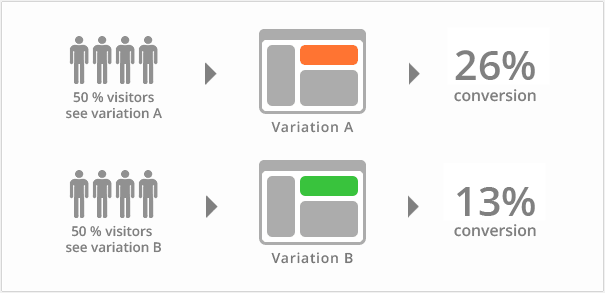
And while you’re running those tests, keep in mind not every ball will be a home run.
One last element that your recruitment campaign needs to focus on– candidate experience.
2.3 Optimize for candidate experience
According to the State of Staffing Report 2024, 15% of staffing agencies reported attracting qualified candidates as the biggest challenge. So, if you want to walk away with the best, you should focus on creating a smooth candidate experience. The best recruiters know this begins from the very first click of your potential candidate.
This means creating a polished job description, a seamless application process, and making sure your candidates leave with an ‘I am valued here’ thought (even if they get rejected!)
Why you might ask?
Because just building your talent pool isn’t sufficient.
Consider this scenario – you have a listing, you post the job ad, get 30 applicants, filter 15, interview 10, and finally shortlist 5. Out of that 2 are placed. What happens to the other 28?
Most businesses overlook the importance of nurturing rejected candidates. The cost of retargeting them will run a lot higher.
Now we know, the theory wasn’t fun in college and it isn’t now, too, right?
Let’s kick things up a notch, and now see how to practically apply the principles we learned above into different mediums. Starting with social media.
You can also check out our guide on the best recruitment marketing tools.
3. How to run a social media recruitment campaign
Social media is a powerful tool for building brand awareness, generating leads, and recruiting top talent. Your approach will vary depending on your goal, but here’s how you can harness the power of social media in different types of campaigns:
3.1 Recruitment campaign for branding
The most powerful and enduring brands are built from the heart- Howard Schultz
Let’s say you want to build your presence on LinkedIn. While there are factors that are beyond your control, these three questions can help you start in the right direction, ask yourself:
- How well do you understand their pain points? (your clients and candidates)
- How can you solve their problems?
- And how quickly can you do it?
And drive all your content initiatives around these things. Leverage case studies, blogs, and video testimonials. Share valuable insights and insider tips on your socials.
Here’s a great example of how to create a value-addition content piece:

Pro Tip: Encourage your recruiters, hiring managers, and TAs to be active on LinkedIn.
When we say active, we’re not talking about using it for posting jobs or sourcing candidates, but more about the candidates and their pain points. Leverage personal stories more.
Picture this:
Jack, who’s been laid off, is on a job hunt for almost 6 months, and browsing on LinkedIn for opportunities. Some are rejecting him because of remuneration, others because of his gap, he’s got bills piling up.
He comes across your recruiter’s post on how they hired someone who had a 2-year gap and how they overlooked this because your recruiter saw potential in that candidate. This story immediately leaves an impression on Jack, “Finally! Someone who gets my side of the story.”
Here’s a classic example of this type of post

That’s the power of the right branding. It can help you give deeper insights into the company’s values, and culture, and build a strong rapport with candidates and clients.
3.2 Recruitment campaign for generating leads
When your goal is lead generation, offering value upfront can be incredibly effective. For instance, you can create a post offering free resources, like a list of 10 tools to improve hiring processes, in exchange for an email address. This builds your contact list while providing immediate value to potential clients or candidates.

3.3 Recruitment campaign for hiring needs
Your targeted messaging needs to be more direct in such cases. The more interactive, fun, challenging, and creative you make your hiring process the better your hiring will go. Like this one:

You can take inspiration from many such recruitment hiring campaigns used by organizations in the past. We’ve compiled a list for you in the end.
Here’s an example of an organization buzzing LinkedIn with its out-of-the-box yet simplistic hiring campaign right now– Buffer.

Tools like ATS platforms such as Recruiterflow help automate this process by extracting profiles from LinkedIn and adding them directly to your talent pipeline.
That covers social media, next, let’s talk about emails.
4. How to run a recruitment email campaign
Let’s say a candidate joins your verified email list. Maybe they signed up for a newsletter, a free resource, or just wanted to be a part of your email list for regular updates. Your next question will be how to leverage this lead effectively.
4.1 Drip Campaigns for Candidates
A drip campaign is a great way to move a lead down the funnel. These are a set of emails sent out automatically as per a predefined schedule. Sending a super personalized first touch point gets your candidate’s attention, but to get a reply you need to follow up with the candidate. Most people usually reply to the 2nd email of the campaign.
A simple way to understand funnel building better is to go back to the beginning: thinking like a marketer. The most popular way to approach this is by using the AIDA model. In the case of talent acquisition, it’s modified a bit.
Drip campaigns are a great way to deal with candidates on your email address list in the first two stages i.e. Awareness and Engage.
But when it comes to the further stages, having a more personalized approach can be better. And this is another area where having templates can save you time. For instance, let’s say you want to reach for a new job opportunity.
But what if it was a passive candidate?
According to LinkedIn, 70% of the global workforce is made up of passive candidates who aren’t actively job searching. Not nurturing your passive candidates means potentially leaving thousands of dollars on the table.
4.2 Drip Campaigns for Clients
On the client side, creating a more enhanced funnel is important. A seasoned recruiter knows ‘striking when the iron is hot,’ doesn’t apply to your clients. In other words, when they have a vacancy to fill, that’s the time when everyone will be pitching their services. Instead leveraging the lead magnet strategy we talked about earlier is a better way to go.
Once they’ve stepped into your universe, nurturing them with newsletters that offer free resources, strategies, tools, etc is a great way to keep them engaged. And you can always end with a CTA like, ‘Want help in filling a vacancy? Book a free call with us today.’
Even if a few emails don’t generate any responses, this makes the job of your cold-calling team a whole lot easier. But say, you want to take a more direct sales approach. In that case here are a couple of templates to get you started.
Did you love the templates?
We’ve compiled many, you can find a list of email templates here.
5. How to run a recruiting campaign with ads
Digital advertising is an effective tool for reaching top talent when done right. Follow these steps to set up a successful recruitment ad campaign:
5.1 Define your campaign goals
Start by answering three key questions:
- What roles are you filling?
- Who is your target audience?
- What’s your budget?
5.2 Curate compelling ad content
Ensure your ad has:
- An eye-catching headline
- Engaging visuals
- Clear benefits
- A strong CTA
Take inspiration from Berrge Tattoo, whose ad used visually appealing content and a powerful CTA to attract talent.
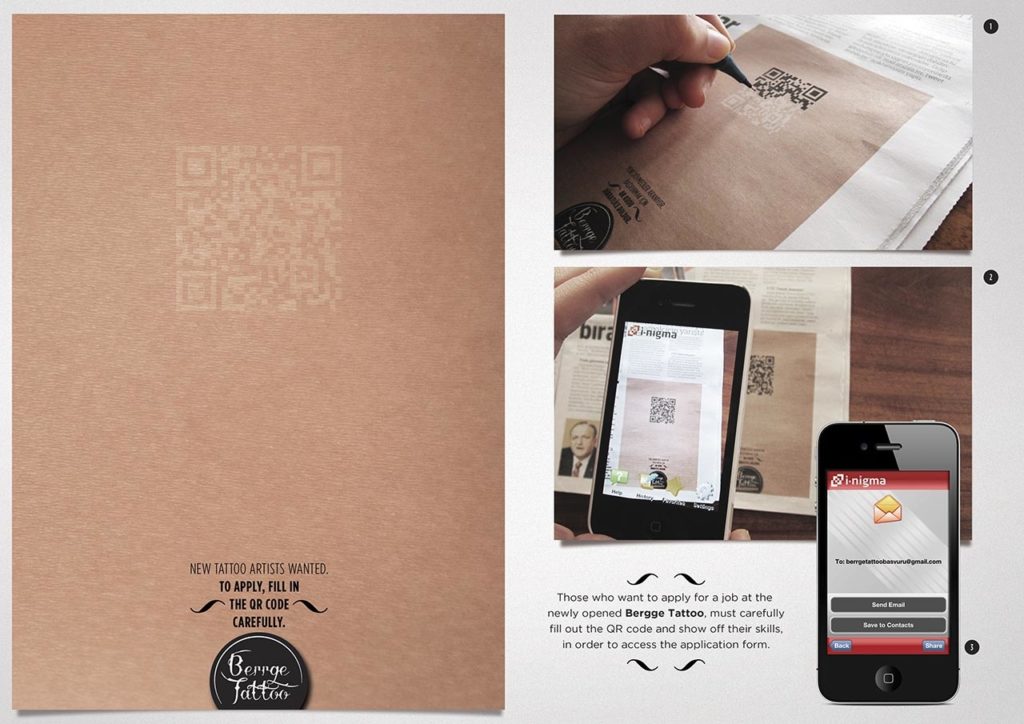
5.3 Choose the Right Platforms
Not all platforms are created equal.
- LinkedIn works well for targeting specific industries and job titles
- Facebook and Instagram ads help with reaching a broader and younger audience.
- Use Google Ads to target candidates searching for specific jobs
5.4 Monitor and Optimize
After launching your ads, monitor performance regularly and optimize them as needed. Test different versions of your ad to see what resonates best with your audience. Regular optimization ensures you’re getting the best return on your ad spend.
5.5 Measure Success
Measuring the success of your recruitment campaign is essential. This involves tracking several key metrics:
- Cost-per-click (CPC): How much are you paying for each click on your ads?
- Conversion rates: How many people who see your campaign convert into applicants?
- Cost-per-lead (CPL): What is the total cost for each qualified lead?
- Hire-tocn-apply ratio: How many applicants turn into hires?
Understanding these metrics will help you assess the success of your campaigns and adjust your strategy for future recruitment efforts. Ensure you calculate ROI by dividing the number of hires made through the campaign by the total cost of the campaign and track long-term success by monitoring employee retention.
Conclusion
2025 is a year of innovation and opportunity for recruitment agencies. Whether your goal is to acquire new clients, attract candidates, or build a robust talent pool, launching a well-thought-out recruitment campaign can help you achieve your goals. It’s not just about traditional recruiting anymore—today’s campaigns must be multifaceted, creative, and targeted to get results.
By understanding your objective, audience, and key messaging, you can craft campaigns that not only meet but exceed expectations. Now’s the time to adopt these ideas and elevate your recruitment game!
Bonus: 8 best ideas to run a recruitment campaign
Why it works?
IKEA is known for injuncting creativity into their campaigns and this one is no different. It goes beyond the traditional JD and uses creative messaging and storytelling with engaging visuals. The results speak for themselves and it’s a great idea to draw inspiration from, for your next recruitment campaign!
Why it works?
Have you ever heard of the saying, ‘Get more done in less time?’
NZ Post’s hiring campaign fits into it perfectly. In 30 seconds, they showed why anyone should consider the BD role, and what they’re looking for in the candidate.
Why it works?
This recruiting campaign example is good if your creative team is running out of ideas on, ‘How to show the fun side of our company?’
It also did a great job of showing the benefits of working there and the vision of the company.
Why it works?
Money is a big factor when you’re looking for a job. But there’s something far bigger than that, a sense of purpose. NHS captures this beautifully, hitting the right chords using creative messaging the right way.
Why it works?
Using relatable scenarios with a classic plot twist, Fiverr uses the power of storytelling to set itself apart in this recruitment campaign video. This is a great example if you’re a fan of mysteries and want to bring that element into your campaigns.
Why it works?
If your main objective is to increase brand awareness, this campaign will serve as a great source of inspiration. Using simple words that spark strong emotions and a sense of desire that’s there in all of us, Mercedes-Benz took employer branding to a whole new level with this campaign.
Why it works?
Work should be fun and Whello scores 10/10 in showing their potential employee they don’t say it, they live it. Wait for the ending! (It goes to show they didn’t forget– about the brand awareness angle!)
Why it works?
It focuses on the human side of recruitment. Instead of just filling positions, they shared real success stories that created emotional connections, making the brands more relatable. No wonder it ended up creating such a strong impact on both clients and job seekers.
Recruitment
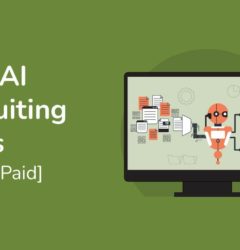
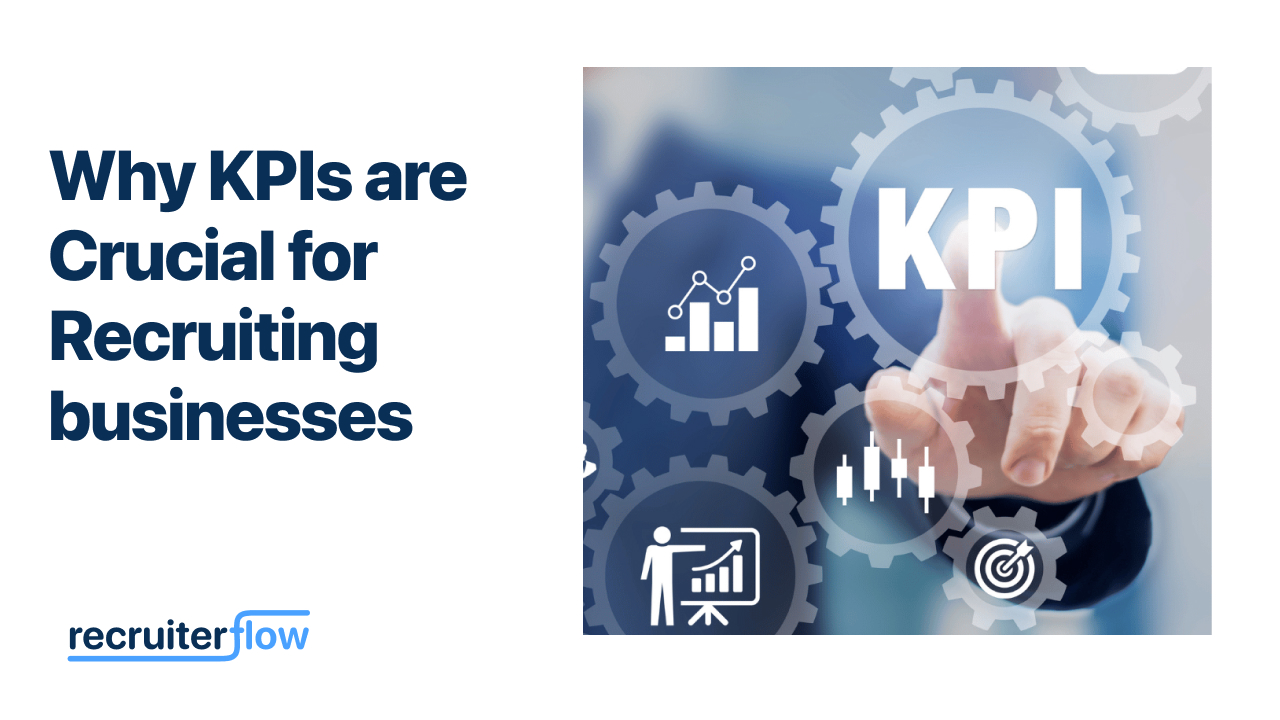

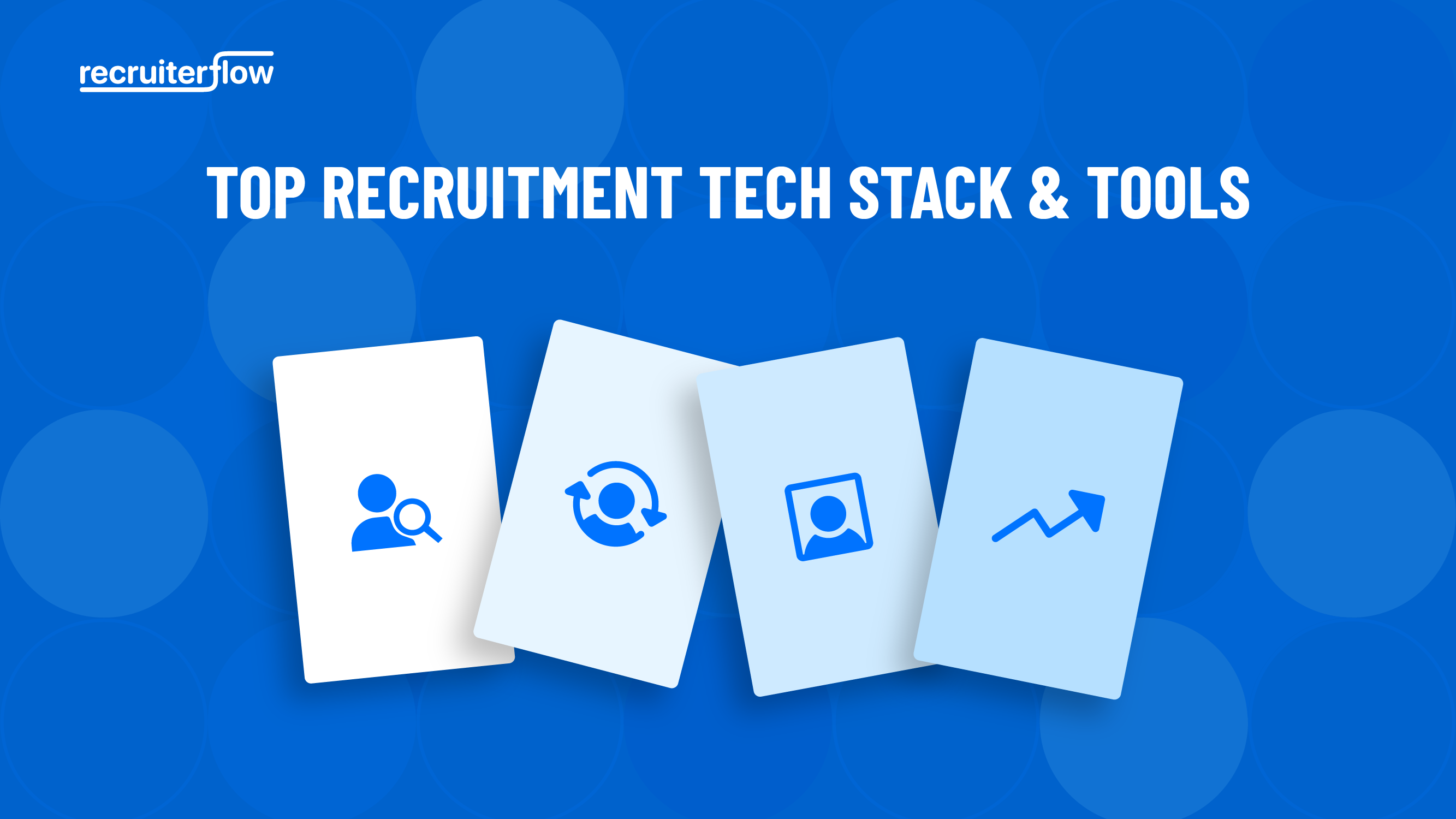

Abhishek Sharma